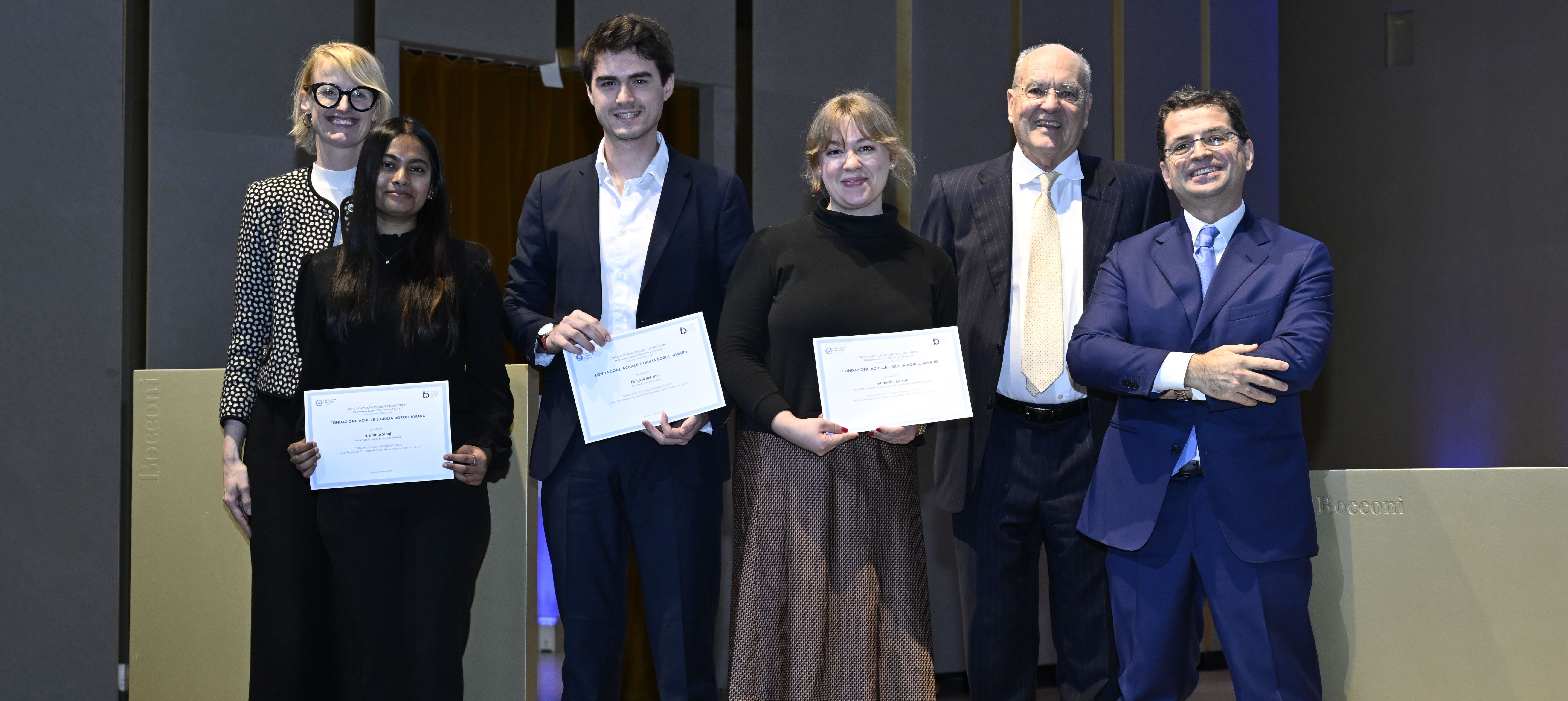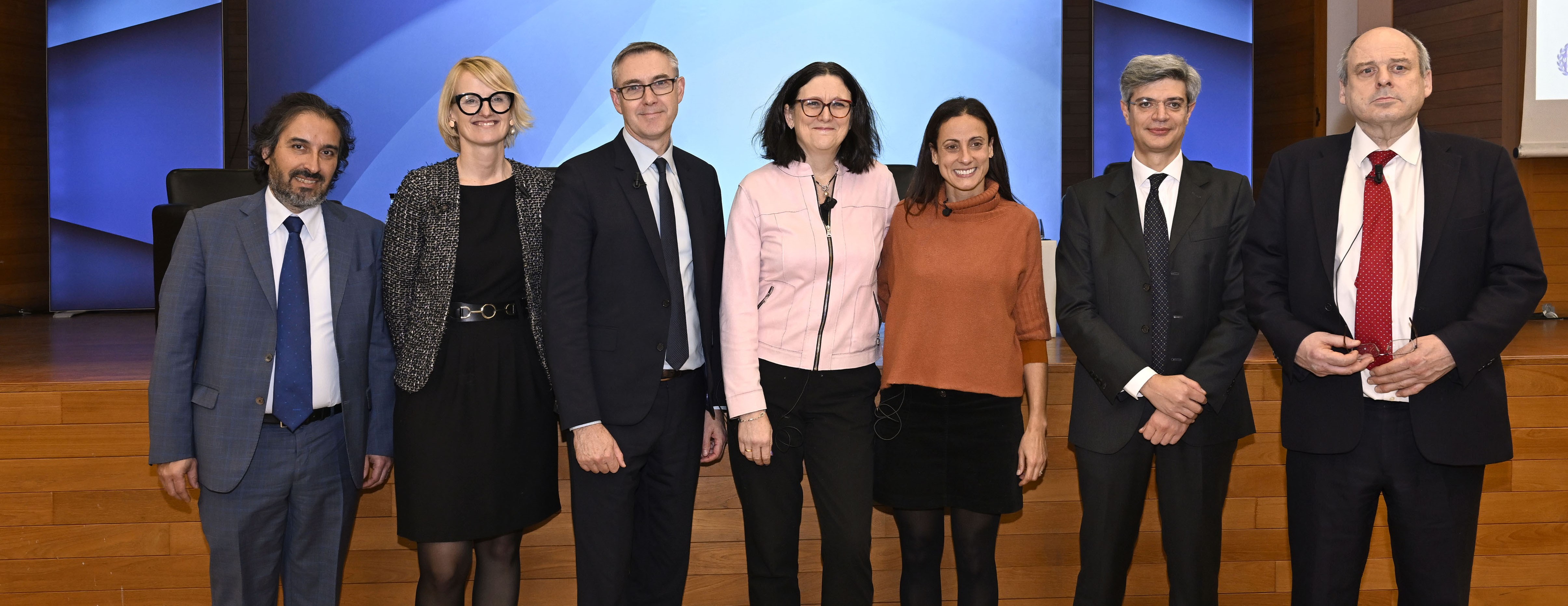Sydney Ludvigson is the new Tommaso Padoa Schioppa Visiting Professor

Sydney Ludvigson (New York University - NYU) is the Tommaso Padoa-Schioppa visiting professor at Bocconi for the academic year 2021-2022. She will work at Bocconi in the spring semester of 2022.
The professorship is funded by the European Central Bank (ECB) in memory of one of Bocconi's most distinguished alumni, among the founding fathers of the Euro and a member of the ECB Executive Board from 1998 to 2005.
Ludvigson is the Julius Silver, Roslyn S. Silver and Enid Silver Winslow Professor of Economics at New York University, as well as the chair of the Economics Department.
As of 2019, she is the co-director of the National Bureau of Economic Research Asset Pricing Program.
Her research interests include the interaction between asset markets and Macroeconomic activity, with recent applications to equity, bond and real estate market prices and risk premia; the role of heterogeneity and wealth inequality in housing and stock market valuations; and the dynamic causal effects of uncertainty for business cycle fluctuations.
Ludvigson follows Marco Di Maggio, professor at Harvard Business School, who was the Tommaso-Padoa Schioppa Visiting Professor last academic year (2020-2021).
During his semester at Bocconi, Di Maggio further promoted his research agenda by focusing on several lines of research. He helped clarify the economic effects of uncertainty and, more broadly, how asset prices can affect the real economy. Along the same lines, he examined the effect of monetary policy on inequality. He also estimated a structural model of broker choice to quantitatively decompose the value that institutional investors place on brokerage services.
Finally, in another project on unbanked households in the United States, he concluded that aggressive banking practices create demand for alternative financial services, thus highlighting an important link between traditional and alternative financial systems and the role played by banks in limiting financial inclusion.
latest news & events




